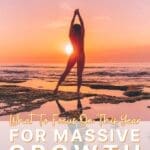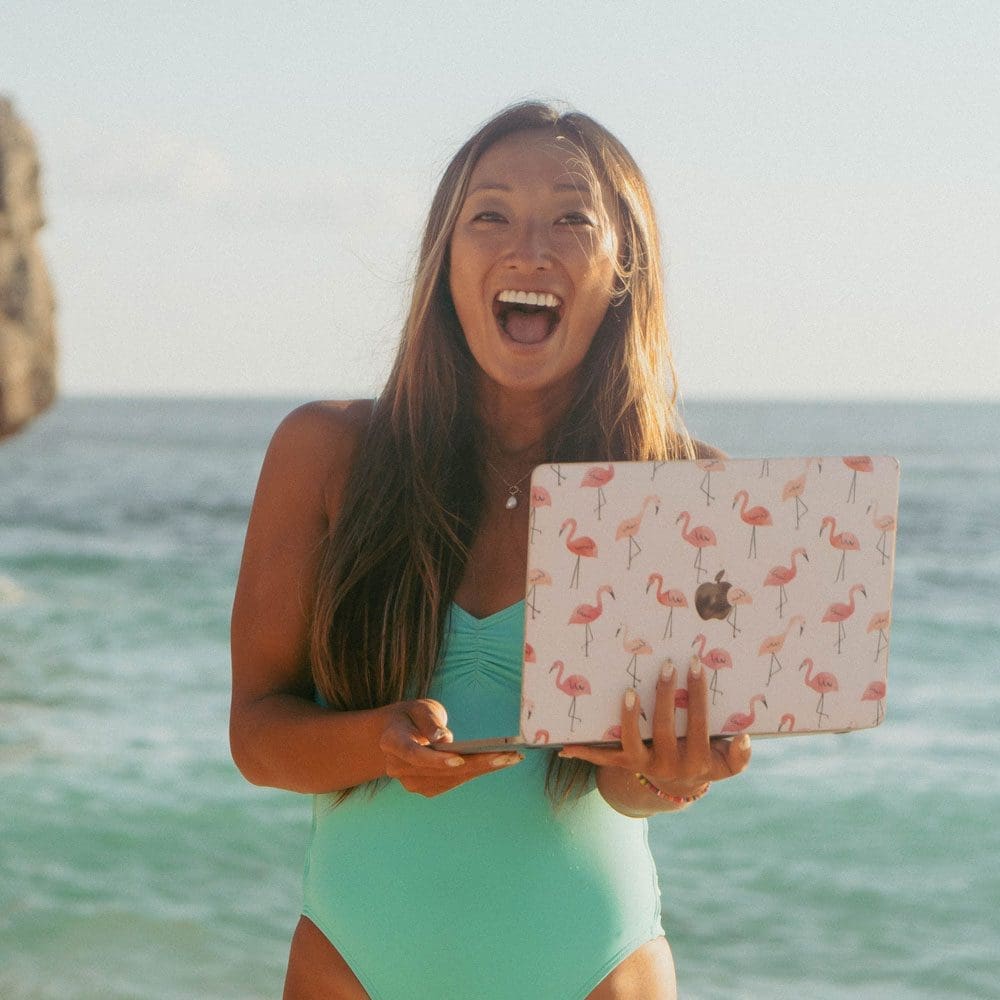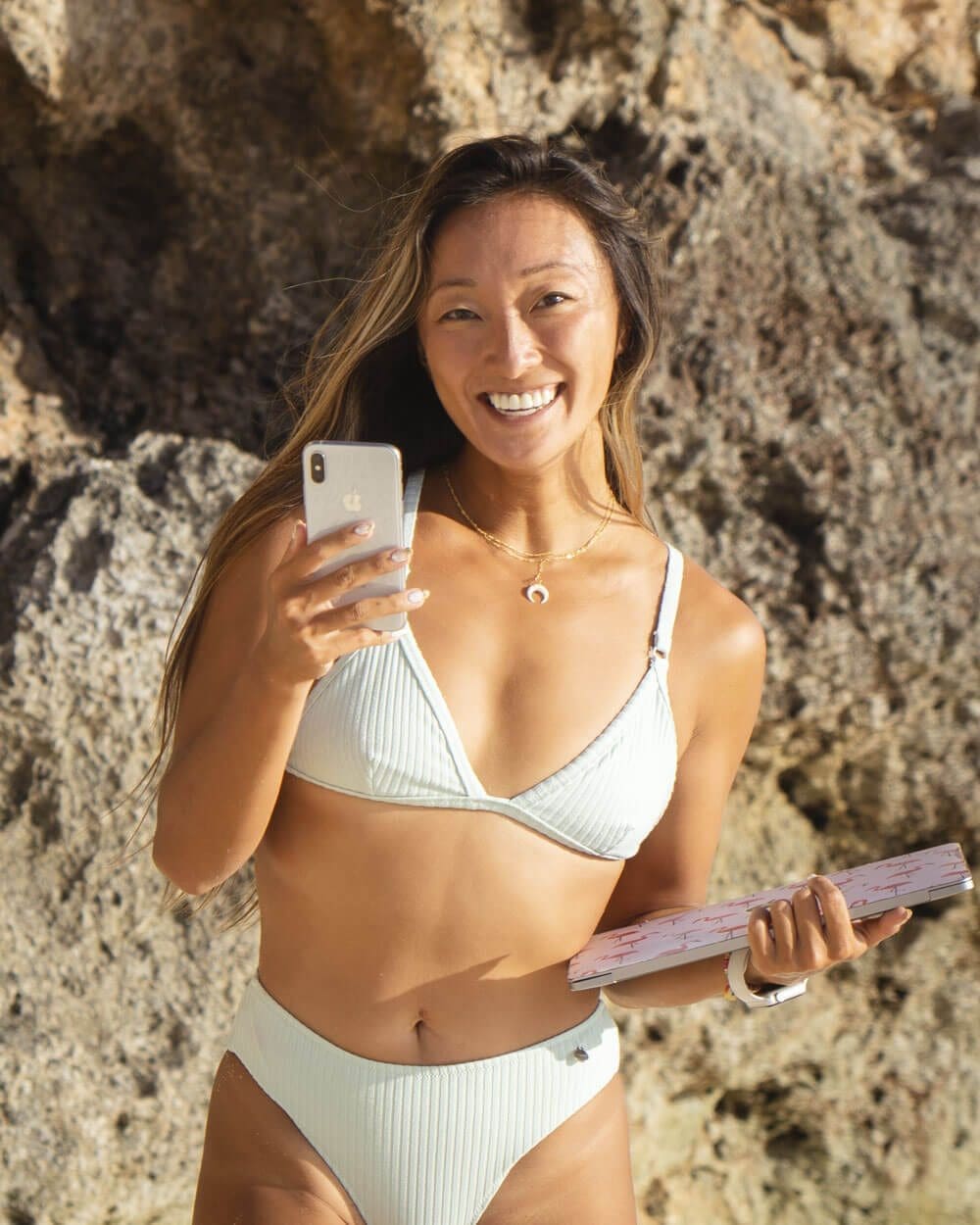You may not be aware of it, but everyone has a personal brand. It’s the way we promote ourselves online. Personal branding gives people an idea of who we are and what we stand for. For entrepreneurs, a strong personal brand can accelerate your business. With so much competition on the market, skills, education and experience are not always enough. A successful personal brand connects us to others, sets us apart from the crowd and encourages people to buy our products or services.
Personal branding is also about visibility and values. Essentially, you need to be seen and heard in order to have a shot. A personal brand enables you to build relationships with your audience and establish yourself within the industry.
In this article, we’ll show you how to create a personal brand that drives success. We’ll look at seven different ways to build a strong personal brand online, from analysing your current brand to increasing your presence on social media.
Take a look at your current branding
Before you jump in head first and start building a professional brand, I urge you to stop, hit pause and shift your focus. Before we can create an effective personal brand, we need to take a look at our current situation. If someone was to google you right now, what would they see? In fact, search for your name and find out. Whether you like it or not, this is your current personal brand.
Take time to ask yourself some questions. Does your brand reflect your current values? Is it an honest depiction? How does it make you feel? How do you want to be perceived by others? This final question may take a while to answer but it’s an important one. If your current branding does not meet your expectations, then it’s time to make a change. Simple changes can include removing old images and posts that do not align with your current values. More significant changes will require you to take a deep dive into what drives you and your business. That’s where your brand vision comes in.
Define your brand vision
A brand vision depicts your company’s mission and values. A strong brand vision will support your business and branding strategy. It will enable you to develop key messaging and give you something to strive for. It will also feed into your marketing campaigns and help you to connect with your audience.
In order to craft a useful brand vision, you’ll need to include what your business does, how it helps people, your aims for the future and how you will achieve your goals. Keep it short and simple but don’t be afraid to be ambitious. This is your opportunity to show everyone what you care about and how you will incorporate this into your business.
While it may sound like a mission statement, it goes further than that. It focuses on your key values and projects your goals for the future. To get it right, take a look at a few examples of some of the most effective vision statements.
Be Consistent
Now that you have a brand vision, it’s time to review your messaging. Think about what you want to say. The brand vision should inform the messages you convey to your audience. The key to success is consistency. Choose a message and stick to it. Your message should focus on some key values and it should stay true to your voice. Having a key message will make it easier to create content that engages your target audience.
To do this well, find a niche. If that niche is too broad, find a niche within your niche. Use this messaging across all social media platforms in order to showcase your brand and show people what you’re about. This also includes design elements. This way, you’ll stand out from other competitors and be able to connect with your audience. Whether you are on or offline, your messaging should always be consistent.
Be yourself
Alongside consistency, it is also important to develop a voice that is authentic. It’s so easy to create content that you think people want to hear but if it doesn’t feel genuine then your audience is likely to switch off.
Content that is relevant, relatable and real is more likely to captivate your audience. In fact, in a recent report more than half of consumers said that they are more likely to make a purchase from a brand that they feel connected to in some way. Of course, it’s easy to say ‘be authentic’ but what does that actually look like? Authentic content tends to focus on shared values and transparency. It’s about being yourself unapologetically and ensuring that your content reflects your brand values.
Rather than just writing all your thoughts and feelings down into one place, you need to be strategic about it. Use a combination of images, words and videos to tell your story. Brands that tell a story about the business and their founder are far more relatable and interesting. Use your own lived experiences or customer pain points to develop effective messaging. Rather than forcing ideas onto people, your content should welcome input and build an online community. It should be open, honest and offer some form of value.
Understand your audience
In order to build a strong personal brand, you need to understand your audience. This all begins with thorough market research. Find out who your audience are, including their age, gender authenticity, occupation, likes, dislikes and lifestyle choices. Create some personas to truly understand what they need. This information will then feed into your content and brand vision.
Beyond the content, you will need to find other ways to engage your audience. Responding to comments and liking their content are great ways to communicate with them. Surveys or posts that pose a question are also highly effective. Identifying your audience will also enable you to develop your niche. Find out what problem they are trying to solve and figure out how your company can help. Ask them for feedback and use that feedback to strengthen your brand and its messaging. Remember, our personal brand is always evolving and should change with the needs of our audience.
Increase your presence
Now that you’ve got your content, it’s time to let people see it. Increasing your presence starts with posting regularly. It doesn’t have to be every day but aim for 3-5 times a week. This could be a combination of posts and stories.
Rather than posting on every social media platform, create a strategy that reflects your audience. Find out which platforms your target audience uses regularly and stick with them. Aim for around 2-3 platforms and utilize them as much as possible. Not only will this save you time but it will also enable you to create better, more insightful content.
Video content is another great way to increase your presence, particularly on platforms like Facebook, YouTube and TikTok. Again, only use these platforms if your audience uses them. If you’re unsure, conduct further market research or test out some posts to see which platforms attain the highest reach. Blogs and newsletters are also great ways to connect with your audience and keep them up to date with any new products or services.
Let others sell your brand
Did you know that word-of-mouth marketing accounts for an estimated $6 trillion USD of consumer spending? With many people seeking recommendations from friends and family, it’s a highly effective marketing tool. How many times have you watched or bought something because someone else has told you to?
In order to benefit from this phenomenon, you’ll need to build your reputation. Strong personal branding is a great place to start but you’ll also need the help of others. Network with like-minded entrepreneurs and share their content. If you have collaborations in your portfolio, make it known and be sure to tag them. Like and comment on content that inspires you and build up an online community of entrepreneurs. This way, people are more likely to share your posts and recommend you to their own clients. Guest blogging, podcasting and other collaborative projects all offer opportunities for growth.
Tell your brand story wherever you go, ask your customers to tell it for you and stay active on social media so that others can share it.
Conclusion
Personal branding can increase sales, grow your audience and set you apart from the crowd. Take a look at your current branding to decide what needs to change. Use market research to truly understand your audience and develop your messaging. Once you have done that, it’s time to increase your presence and promote your brand. For further guidance, use the resources below, search for personal brand examples or enroll in a personal branding course.
Remember, a personal brand is a story, you just need to tell it.
Some helpful resources
https://hbr.org/2022/02/whats-the-point-of-a-personal-brand
https://www.entrepreneur.com/growing-a-business/5-simple-steps-to-build-a-personal-brand/429483











